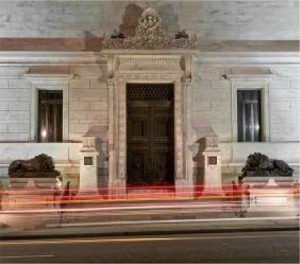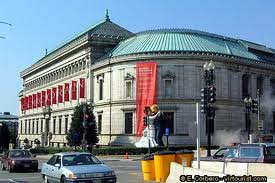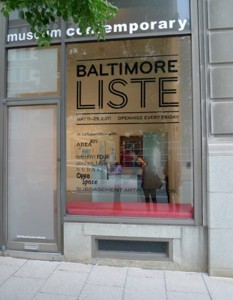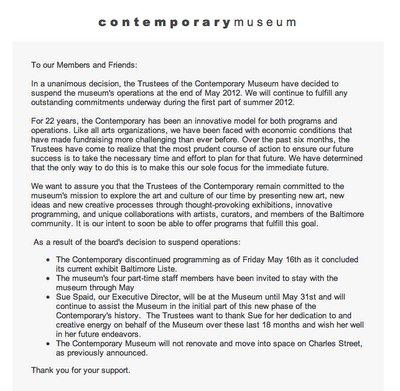The Corcoran Gallery of Art’s plan to test the marketability of its building, and move to the suburbs, hasn’t gone down well with anybody that I’ve heard of.
 That includes potential buyers. The Washington Business Journal published a couple of pieces on the theme — to quote one: “Developers in the Washington area are lukewarm at best on the opportunity to reshape the Corcoran Gallery of Art if the museum decides to uproot from its longtime home at 500 17th St. NW. Several real estate experts said the historic building is beautiful and ideally located, just a stone’s throw from the White House. But they said the 1897 building is too old, ill-configured and challenged to draw any real interest from developers to convert the building into offices, shops or residences.”
That includes potential buyers. The Washington Business Journal published a couple of pieces on the theme — to quote one: “Developers in the Washington area are lukewarm at best on the opportunity to reshape the Corcoran Gallery of Art if the museum decides to uproot from its longtime home at 500 17th St. NW. Several real estate experts said the historic building is beautiful and ideally located, just a stone’s throw from the White House. But they said the 1897 building is too old, ill-configured and challenged to draw any real interest from developers to convert the building into offices, shops or residences.”
The Washington Post, meanwhile, reported that artists are mobilizing to oppose the move.
An emergency meeting of artists, convening under the slogan “Save the Corcoran,†began the push-back Thursday evening against plans to consider selling the landmark Corcoran building on 17th Street NW and moving the gallery elsewhere in the area.
But the same story contains an interesting quote from Kristin Guiter, vice president of communications and marketing for the Corocoran, who attended the meeting as a representative of its leadership.
They [meaning the museum’s leadership] have heard the public outcry, and I think everyone should stay tuned.
She also said Corcoran management would be willing to meet some Save the Corcoran members, the Post reported.
That fast? That easily? It makes one wonder if the Corcoran’s board released its sale plan to create a crisis and mobilize the support for the Corcoran it has been unable to galvanize on its own.
UPDATE: Well, this is getting even more interesting: Guiter had apparently quit. Washington City Paper has the story here. It also says that “Starting next week, the Corcoran will hold public meetings about these developments.”
Photo Credit: Courtesy of The Corcoran Gallery of Art






